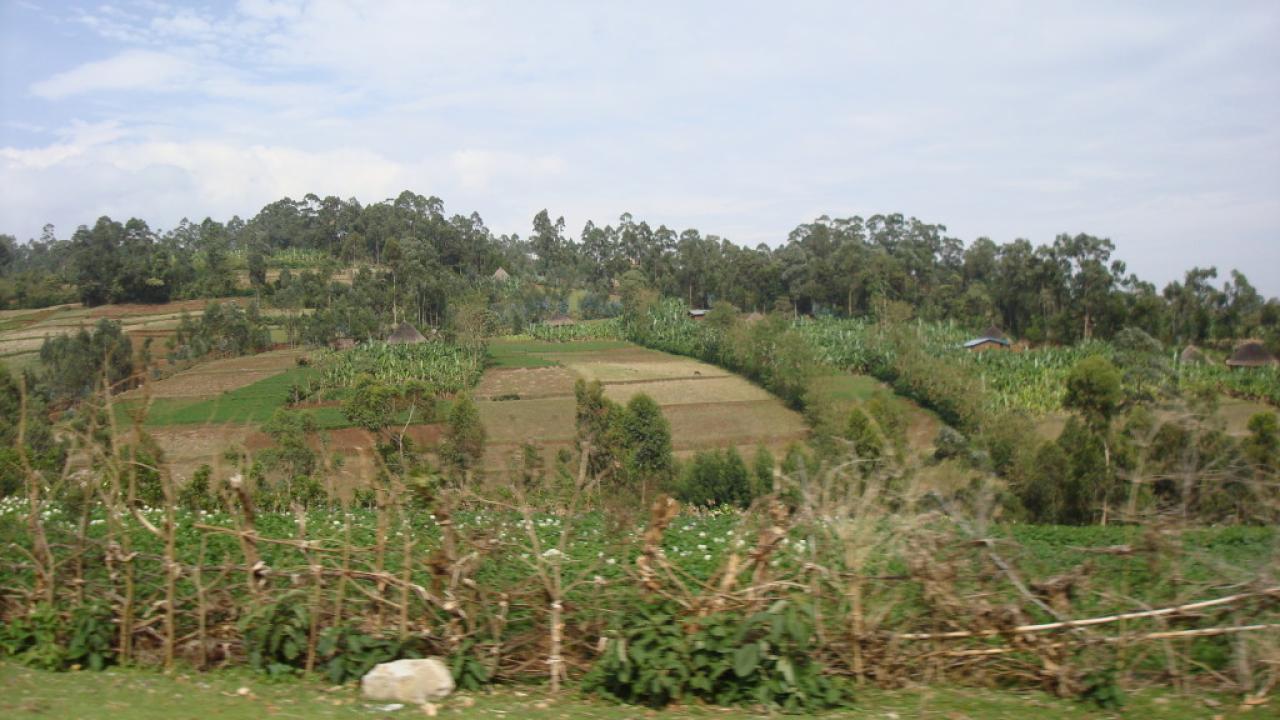
One of the well-known problems of African agriculture is its low productivity, despite its acknowledged potential. The use of irrigation, fertilizers and pesticides is much less than in other regions, and sharply limits yield gains associated with high yielding varieties. Improvements in available technology will continue to lead to lower productivity gains if smallholder farmers remain beset by an interlocking set of market failures. Credit, insurance and the very use of costly inputs such as fertilizer can remain underdeveloped when only one market failure is addressed at a time.
Agriculture is the main sector of the Ethiopian economy, accounting for a little under half of the gross domestic product. It employs 80 percent of the population and generates about 90 percent of export earnings. Over 95 percent of the cultivated land is under small-holder peasant agriculture. Low input use and degradation of natural resources has exposed these smallholders to food insecurity and generally limited agricultural growth. Any prospects of growth in Ethiopia must deal with improving smallholder farm productivity.
Project Summary
As part of a project supported by the Index Insurance Innovation Initiative (I4) of the Feed the Future Innovation Lab for Assets and Market Access at UC Davis, a team of researchers are developing a fully scaled product innovation that implements and assesses the potential of index insurance to crowd in credit, so as to improve agricultural productivity and incomes among Ethiopian smallholders. Rather than addressing only a credit constraint or insurance failures, the project will test a form of insured credit.
Through collaboration with Nyala Insurance of Ethiopia, already in its third year of operation as an insurer, the team will seek to provide insurance through credit contracts. Local cooperatives that borrow in order to make in-kind loans of fertilizer would be the target population for the product. In years at which an index insurance mechanism indicates a payout, loans will be repaid by the insurance to the cooperatives. The innovation would be evaluated through a randomized controlled trial, and additional price variation will be injected at the individual level in order to study demand elasticities.
Anticipated Impacts
This project will be product-focused in the sense that the research team will track outcomes such as rates of return in the lending institution, product uptake and continuation rates and how demand affects pricing. Implementing this new interlinked product will show the theoretical impediments to successfully providing index insurance and pioneer a product that will provide insured credit to one of the world’s most vulnerable farming populations.

